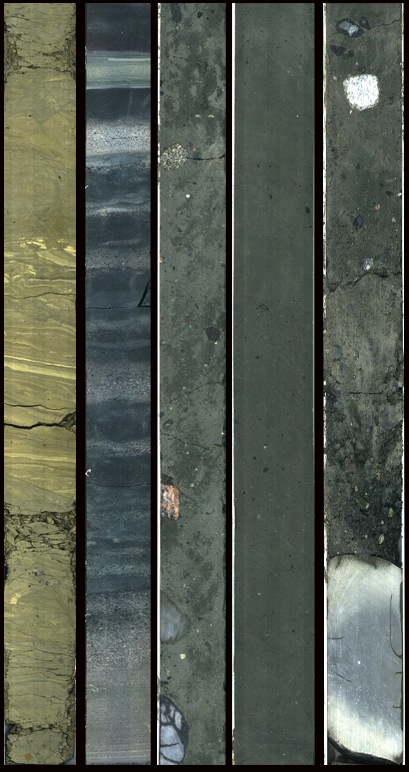
Past environmental changes in Arctic lake systems can be interpreted through the utilization of paleolimnology studies. Paleolimnology involves the extraction of sediment cores from lakebeds, with successive layers representing different years. The core can be examined for climate proxies to gain an understanding of past lake state. Often, these paleoclimatic factors include biological, chemical and physical indicators. The identification of trends and interactions between these variables are helpful in classifying system processes that evolve over long time scales. Paleolimnology is specifically important in high Arctic lake systems since long-term data is lacking in these regions. For example, evidence of mid Holocene cooling was found and the Little Ice Age was also clearly observed through a paleolimnologic examination of Qivitu Highlands Lake on Baffin Island (D. Antoniades, 2007; Florian et al., 2015).
Ice conditions impact underlying lake conditions by reducing penetrating solar radiation, decreasing exchange capacity between the atmosphere and the water surface, decelerating water mixing and modifying sedimentary processes. All of these factors are evident in lakebed deposits used for paleolimnology studies. From this, scientists can interpret fluctuations in lake ice conditions of the past (Doran et al., 2004).
Material on this page was provided my Maren Pauly and Tristan Mills, Department of Geography, University of Waterloo.
